Artistic abstract photography is a method of expressing ideas and emotions with photographed image elements without the intention of creating a traditional or realistic image. Abstract Photography is created by avoiding and going beyond the usual representations of an object, scene, or any particular element, it almost breaks and overlooks all the well-known photography rules and compositions. It reveals details that are normally ignored by normal shots and triggers the viewer’s imagination. To illustrate the concepts, I think that there is nothing better than showing you some sample photos of abstract photography.
What is Abstract Photography?
It is shooting a subject (which could be an object we use in our daily life) and directing the viewer to look at it in a different way. This may cause the subject to lose its original meaning or purpose. It may even render the subject unreal, abnormal, and not of this world. The subject could lose all literal meaning and be reduced to only shape, light, texture, or color. The photos are created entirely for the purpose of art.
Abstract photography, ( as defined in Wikipedia) is sometimes called non-objective, experimental, conceptual, or concrete photography, is a means of depicting a visual image that does not have an immediate association with the object world and that has been created through the use of photographic equipment, processes or materials. An abstract photograph may isolate a fragment of a natural scene in order to remove its inherent context from the viewer, it may be purposely staged to create a seemingly unreal appearance from real objects, or it may involve the use of color, light, shadow, texture, shape and/or form to convey a feeling, sensation or impression. The image may be produced using traditional photographic equipment like a camera, darkroom, or computer, or it may be created without using a camera by directly manipulating film, paper, or other photographic media, including digital presentations.
History
19th century
Some of the earliest images of what may be called abstract photography appeared within the first decade after the invention of the craft. In 1842 John William Draper created images with a spectroscope, which dispersed light rays into a then previously unrecorded visible pattern.
20th century
The first publicly exhibited images that are now recognized as abstract photographs were a series called Symmetrical Patterns from Natural Forms, shown by Erwin Quedenfeldt in Cologne in 1914. Two years later Alvin Langdon Coburn began experimenting with a series he called Vortographs. During one six-week period in 1917, he took about two dozen photographs with a camera outfitted with a multi-faceted prism. The resulting images were purposely unrelated to the realities he saw and to his previous portraits and cityscapes.
In the 1920s and 1930s, there was a significant increase in the number of photographers who explored abstract imagery. In Europe, Prague became a center of avant-garde photography, with František Drtikol, Jaroslav Rössler, Josef Sudek and Jaromír Funke all creating photographs influenced by Cubism and Futurism. By the 1990s a new wave of photographers was exploring the possibilities of using computers to create new ways of creating photographs. Photographers such as Thomas Ruff, Barbara Kasten, Tom Friedman, and Carel Balth were creating works that combined photography, sculpture, printmaking and computer-generated images.
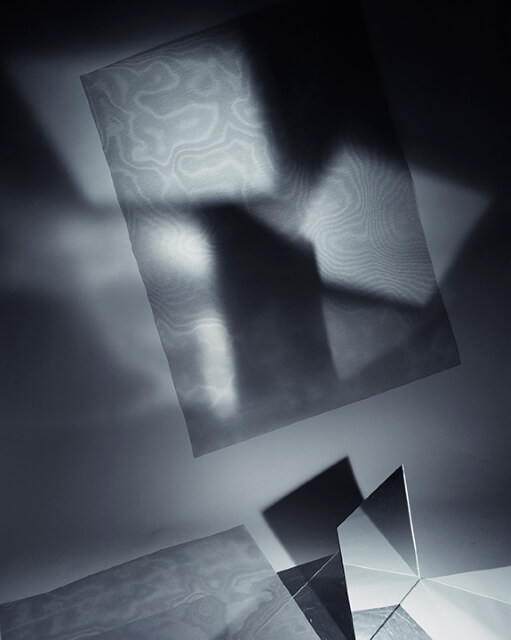
By Barbara Kasten – Own work, CC BY-SA 4.0, https://commons.wikimedia.org/w/index.php?curid=38905112
21st century
Once computers and photography software became widely available, the boundaries of abstract photography were expanded beyond the limits of film and chemistry into almost limitless dimensions.
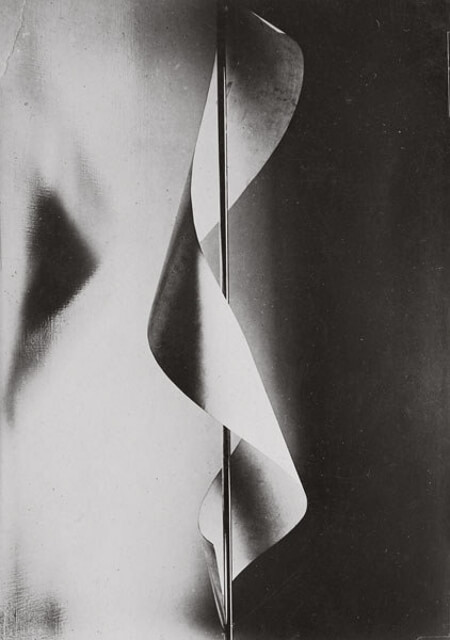
By Man Ray – LiveAuctioneers, PD-US, https://en.wikipedia.org/w/index.php?curid=45659150
Differences between ABSTRACT and SURREAL Photography
Abstract photography gives you a different point of view, where often the entire subject is unseen. It focuses on details such as shape, form, color, pattern, and texture. Uniformity and symmetry found in nature, as well as architecture and mechanical design, can be great examples of how abstract photography focuses not on the subject, but on the detail. Abstraction can be a simple macro image without much concept or idea behind it. It is another viewpoint and perspective of an object.
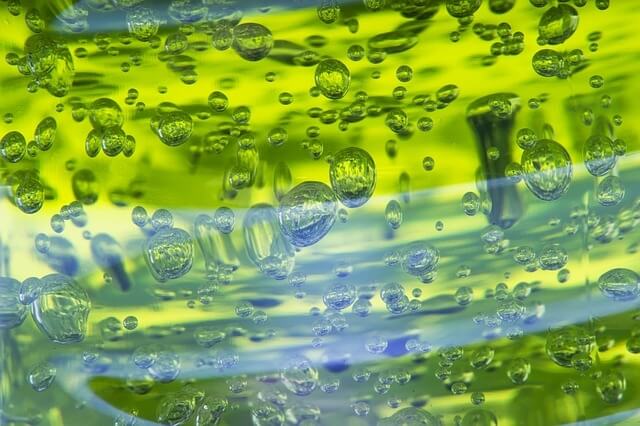
In contrast, surreal photography creates a new point of view through shocking juxtaposition and non-sequiturs. This type of photography generally requires editing images or the use of special effects to create these unexpected visuals.
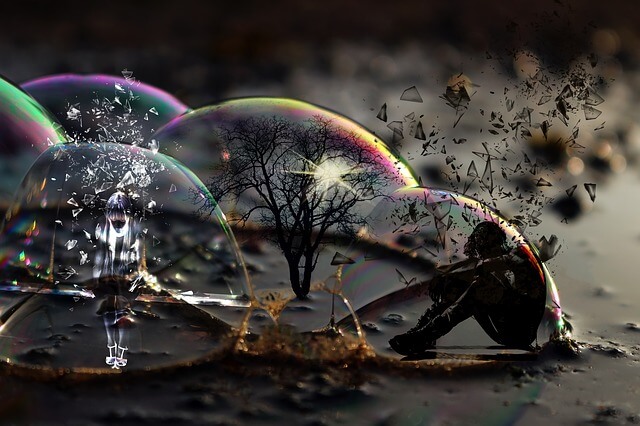
How to take an Abstract photo?
Get too close to your subject
As we get increasingly close to some subjects, the detail that was not apparent at regular viewing distance may emerge as an abstract photograph separate from the object photographed.
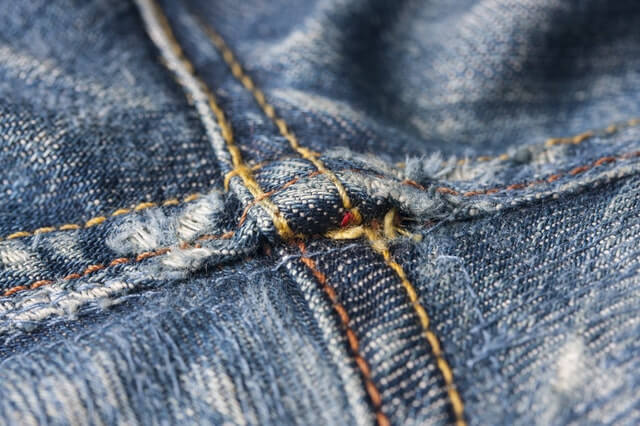
Get too far from your subject
As we move away from an object, we progressively lose information. This may become particularly pronounced at great distances like aerial photography where the view is minified as we rise above it.
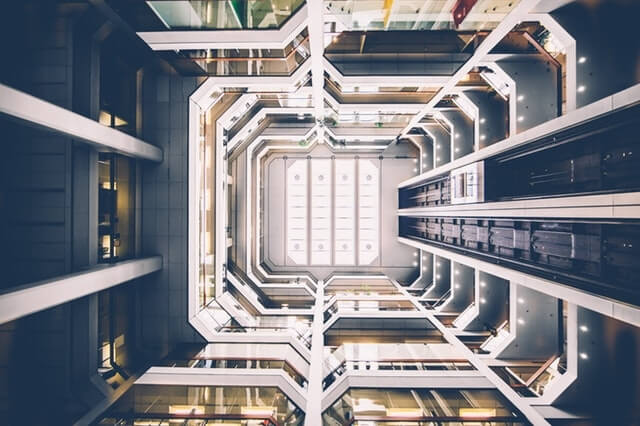
Shot a moving subject or move your camera
One way to create an abstract photograph is by using motion. This may be subject motion, photographer motion, camera motion, or a combination of any of the above.
Moving the camera while capturing an image turns the scene into something unimaginable. This technique is called ICM (Intentional Camera Movement) and it is used frequently in abstract photography. For example, one way is to pan your camera (Panning is the action of moving your camera horizontally, either left or right). You can capture some interesting results, especially when using a slow shutter speed; you need to set it to 1/20 of a second or less to capture the movement.
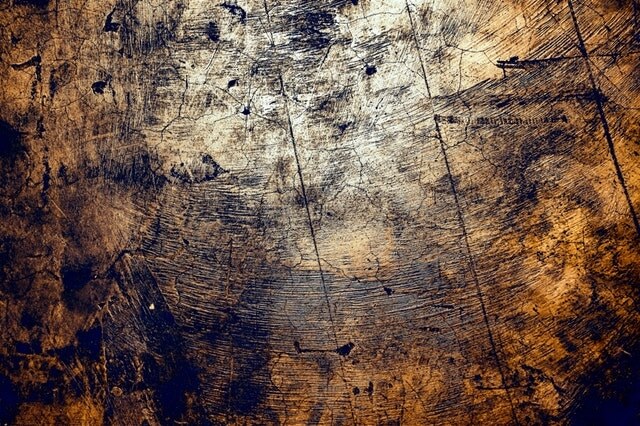
Another way to get the motion blur is using the Zooming Burst technique. If you zoom into a subject while the shutter is open, you can create something very interesting. This technique blurs the surrounding area, as you focus on the subject. The subject in the middle of the frame tends to have the least amount of blur, whereas the edges of the frame will have the most.

A similar technique to shutter bust is called the Spinning technique. By spinning your camera, you can create a circular blur. You can best achieve this by spinning your camera on an exposure between 0.5 seconds and 15 seconds. Hold your camera in your hand, and turn it while it is exposed. By spinning your camera, you can create a circular blur. This technique is very similar to the zooming burst, yet you achieve circular, not straight lines. You can best achieve this by spinning your camera on an exposure between 0.5 seconds and 15 seconds. Hold your camera in your hand, and turn it while it is exposed.

Look for Patterns
Using patterns as a compositional technique is a great way to get amazing abstract photos. Patterns add a lot of interest to your abstract photography.
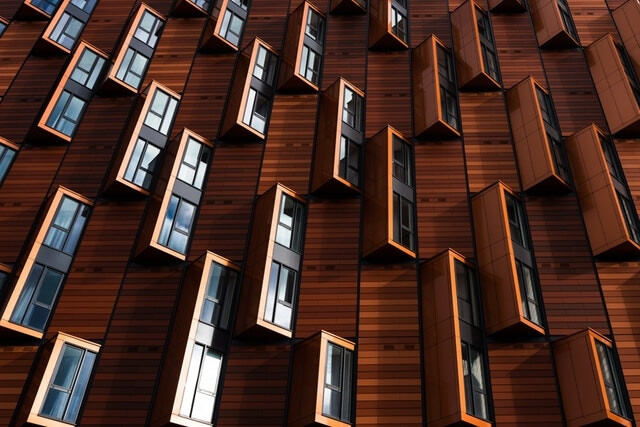
Try the light painting technique
There is a special type of photography called the “Physiogram”, it is a photo of the light pattern captured during a long exposure photograph of a swinging light or lights. A physiogram is a type of light painting, so you will need to do this at night or in a room with no windows. The effect creates beautiful abstract patterns.

Use a creative composition
When looking at an object, you may recognize the possibility of an abstract photograph because some sections of it may present strong lines, texture, color, shape, or form, detached from the object itself. Either while you take the photograph by careful framing or in post-processing by careful cropping you may isolate the part that is of interest to you.
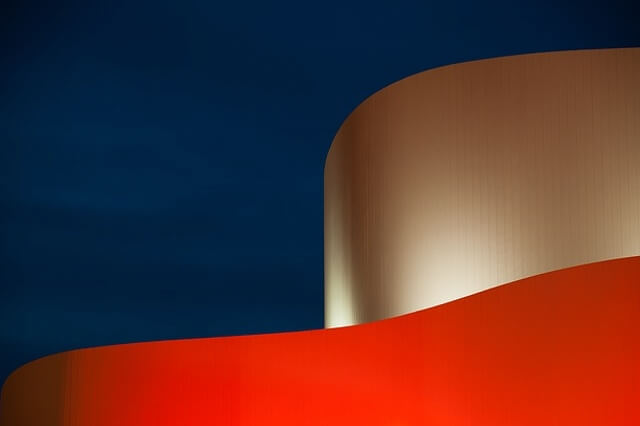
Manipulate your lighting
You can manipulate your lighting by changing its direction, or adjusting its power to allow for different effects that yield unique images.
You can emphasize a certain spots of your subject by placing a direct light source into this spot.
Placing a strong light source on one side can create strong shadows that will accentuate textures, also, you can try backlighting and silhouetting, which involves placing the light source behind the subject.
These are just some of the many ways that you can manipulate your lighting to create shadows or highlights that add depth, mystery, and interest to your images.
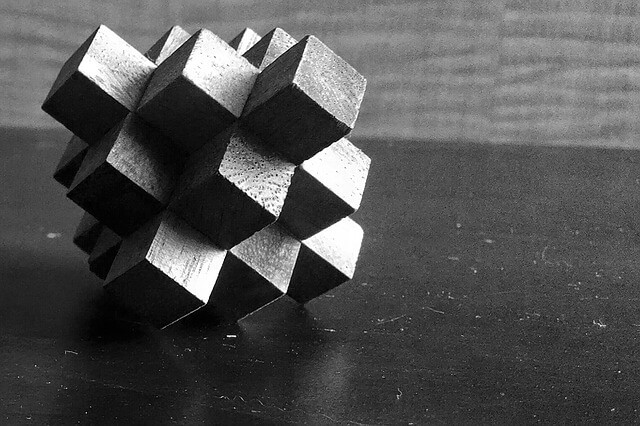
Post-process your images
You got to feel free with the post-processing, and you have to remember that there’s no such thing as too much when adjusting the color or the contrast and so. Abstract photographers are encouraged to digitally improve their work later on, whether it’s through recoloring, cropping, reshaping, distorting, or flipping images. My recommended photo editing software is Luminar and Adobe Photoshop.
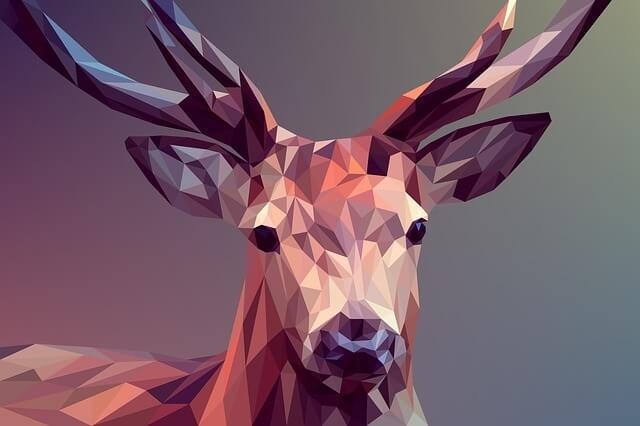
Learn from the masters
Below are photos of famous Abstract photographers:
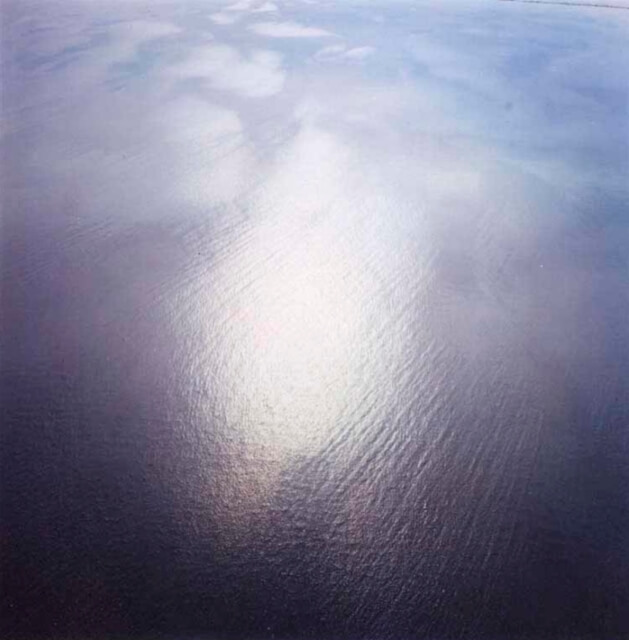
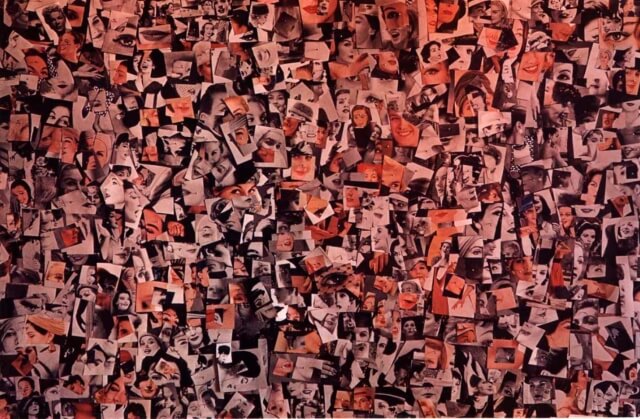
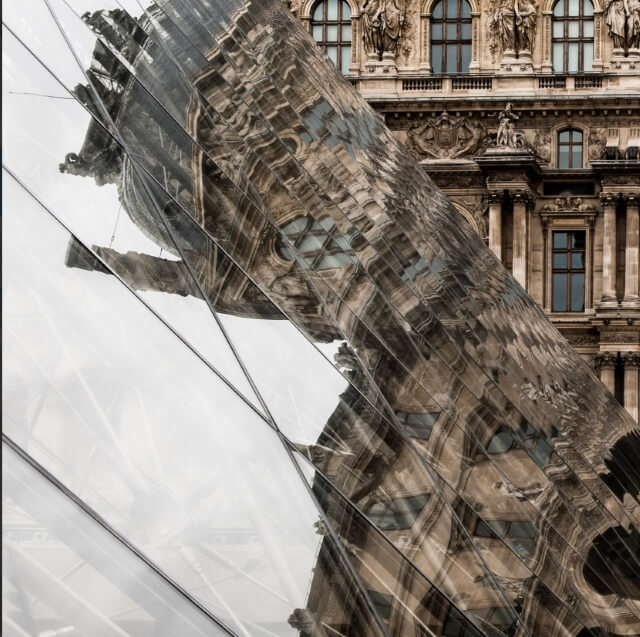
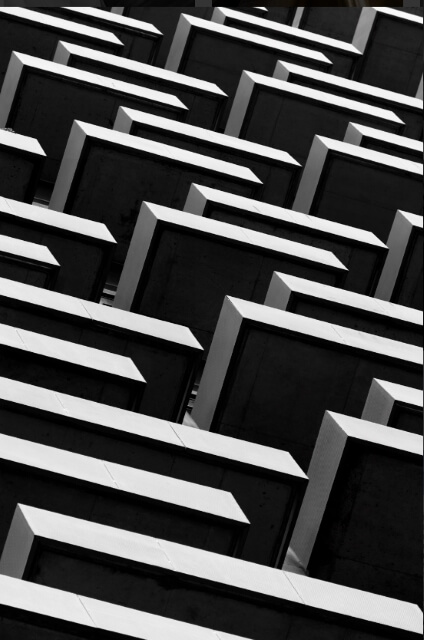
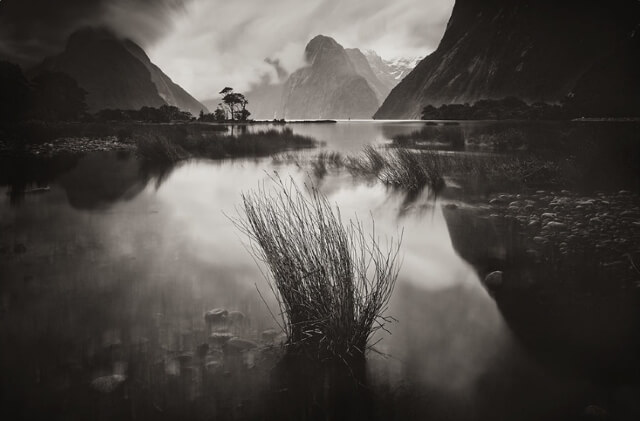
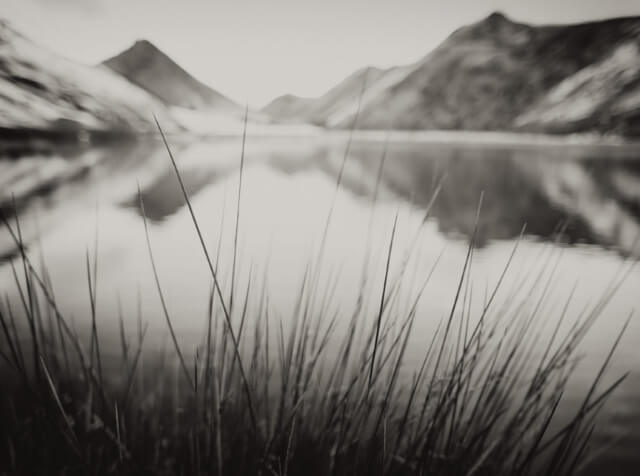
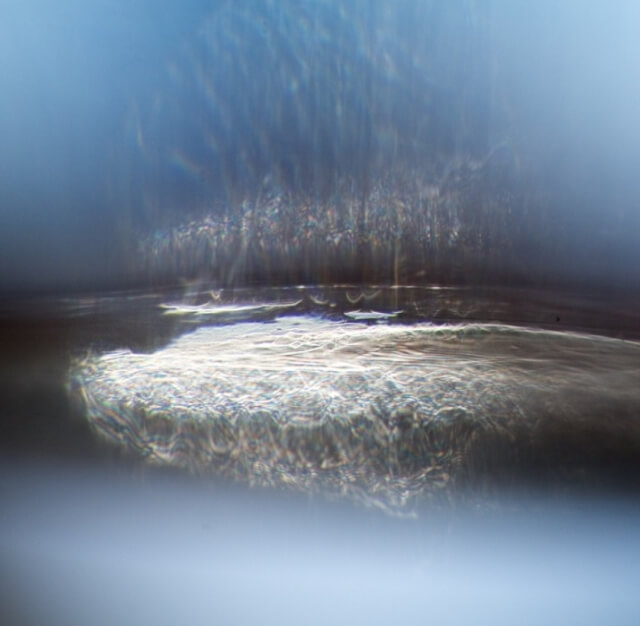
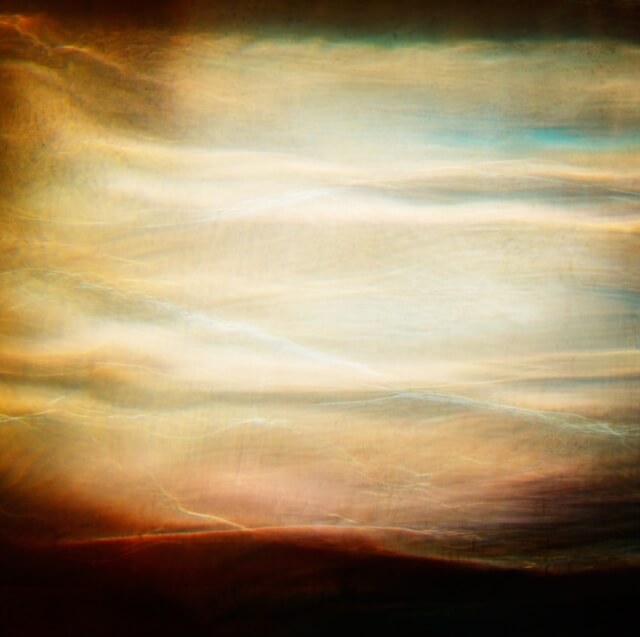
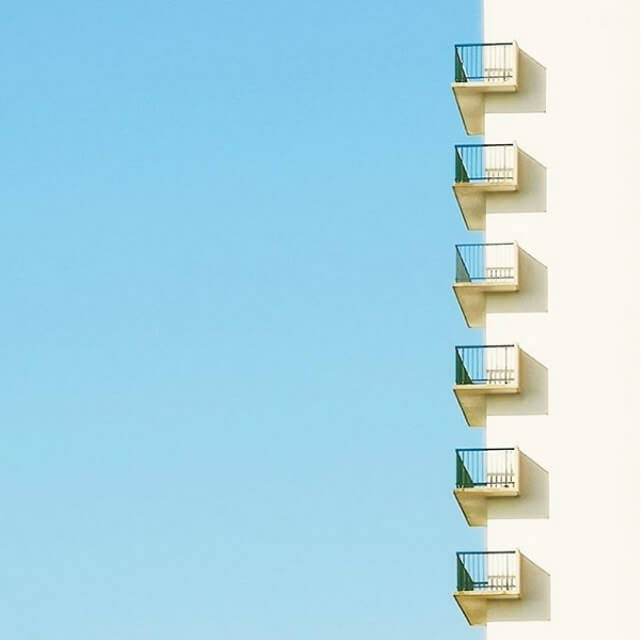

Conclusion
Although abstract photography is different from the usual and common portraits or landscape photography, it is the kind of art that will help you see the beauty in ordinary things. You can discover lots about the world around you by trying abstract photography. Just start trying and practice a lot and view as many photos as you can, I’m sure you will find that it is incredibly enjoyable and hopefully it may be turned into a successful business.
Related Posts:
8 Abstract Photography Ideas To Get You In Experimental Mode
Thanks for reading, I hope you enjoyed the article if you have any questions just post them below & I will be happy to answer you.
If you enjoy the site, don’t forget to subscribe, we will only inform you when a new article is posted.












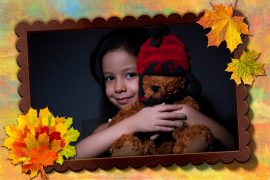
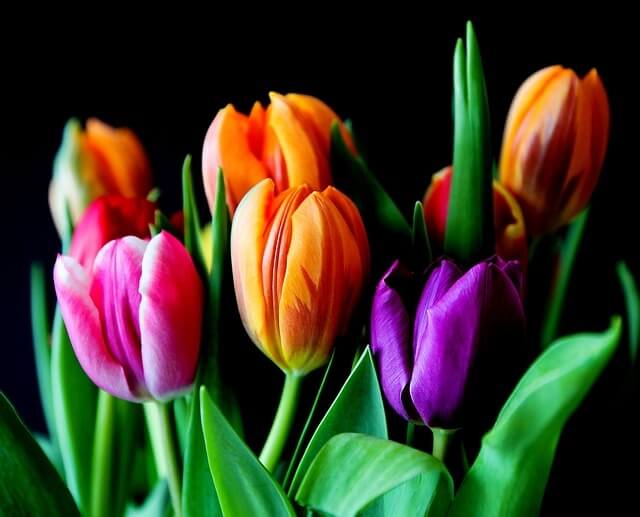

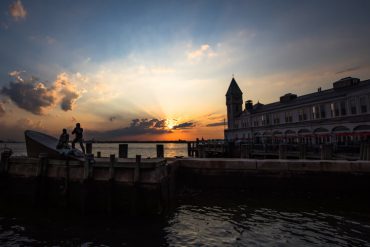
I did a Google search the other day about this very subject. Today there’s an article, written two years ago, in my news feed. Thanks for being so creepy Google. Lol.
Seriously though, I’ve been interested in this medium far longer than I knew it existed.
I well never give up on the traditional, but abstract photography allows me, because I have to work five days a week, to explore my everyday life from a different perspective. It also allows me to go back through years of photos and see if I can understand why I took a particular shot in the first place.
So much fun!
Thank you for writing this.
Thanks for the feedback, considering a different perspective of your old photos is a wonderful hoppy, I used to do it sometimes. Again thank you for the comment and I hope you all the success.
Abstract photography is one of my favorite parts of photography. I literally have almost all my wallpapers and Screensavers of my phones and PCs in abstract pictures. I like the way photographers make us see a different view of the picture and they tell a story that’s unimaginable. It’s just brilliant.
Thanks for your comment, if you are a fan of Abstract photography I suggest reading my post “Water reflection photography- A brief guide“
This is a great Post! I still remember learning about abstract art during my school years but this is so much better. The examples you have provided are absolutely amazing and really do speak a thousand words!
The techniques you talked about are new to me but are very cool. I like the Fact that you can move the camera on purpose to create such cool effects. I like th zoom and roatational effects the most. I am also happy to finally understand the difference between surreal and abstract art.
Thanks for sharing this wonderful information, I really enjoyed it!
Thanks for the comment and glad you like the post